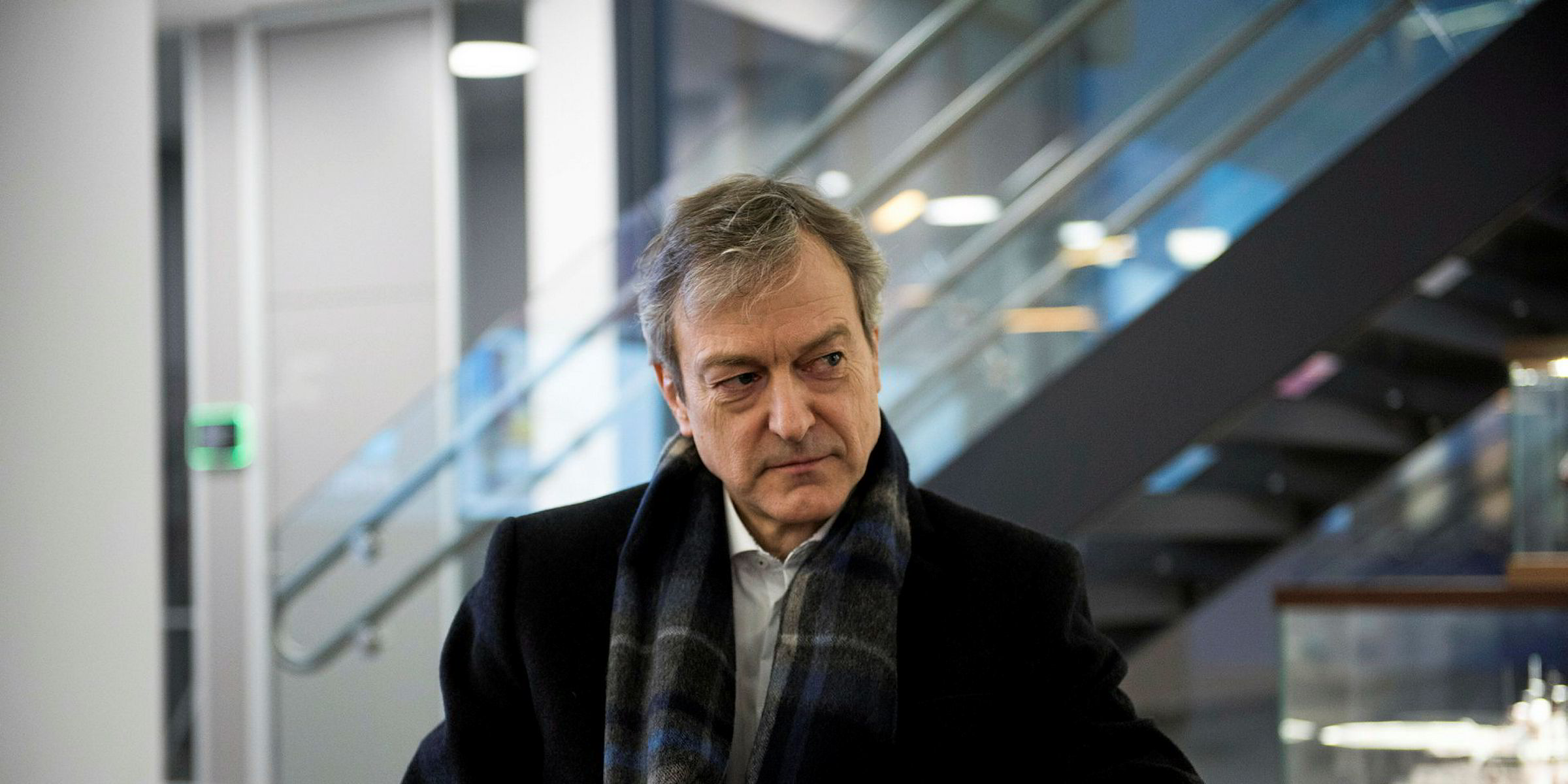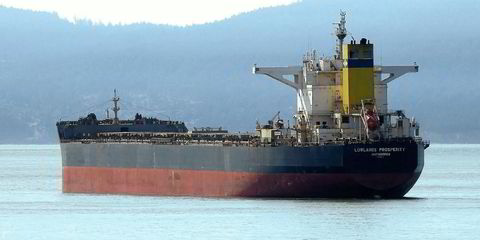Karl-Johan Bakken, the well-known former chief executive of Farstad Shipping, will become the new managing director at Remoy Shipping on 1 May.
After 11 years in charge of an Oslo-listed company with 56 ships, Bakken is moving to a small private owner with a fleet of about 16 offshore support vessels, the majority of which are managed for external owners.
The ex-Farstad boss had been sitting on the sidelines for months after the mega-merger that created SolstadFarstad in the Norwegian OSV sector last year.
Bakken is exiting his forced gardening leave to lead Remoy. That leave began shortly after Aker-backed Solstad Offshore officially swallowed Farstad, along with compatriot Deep Sea Supply.
“Formally, I was employed until the end of 2017 but, in practical terms, I was out of the business by the end of the summer,” he said.
Early in the process, as the various companies’ teams contributed to sorting out the merger’s details, Bakken said it was clear to him that stepping aside completely was the correct move to allow new management to lead the way.
“I don’t think it was a good idea to have the old boss walking around in the corridors. That would not lead to any benefits,” he said.
When asked to comment on moving from such a large owner to a small one, Bakken said it was “obviously a different dimension” but he stressed the importance of continuing to take part in his local offshore cluster.
One of Norway’s most extensive clusters is in the Sunnmore district, which was home to Farstad, and is still where Remoy and perhaps a dozen or so OSV owners are located. Mergers in particular have been widely seen as a major threat to local clusters when jobs, activity, spending and decision making are shifted elsewhere.
“It is a challenge to maintain our cluster relatively intact in this area. It is important to utilise the competence that we still have here and see to it that it is not decimated,” Bakken said.
“Bridging the gap between two market conditions and also being able to use technology and competence in a slightly different direction, I think that is very challenging and interesting and that is something I want to be a part of.”
Bakken told TradeWinds that all OSV owners with huge piles of debt will continue to struggle in today’s market, especially against US owners that have cleaned themselves up by wiping out debt via Chapter 11 restructurings.
“For Remoy, which is relatively well positioned in terms of being small, not having too big of a debt burden and having a good organisation, there are possibilities within oil and gas,” Bakken said.
“But the company is also an interesting position to evaluate potential business activity in other segments that are similar to oil and gas.”
Sectors that are “similar to oil and gas activity” normally include vessels used to support offshore wind turbines.
When asked whether his statements revealed plans for growth at Remoy, Bakken quipped: “I have not used the word ‘expansion’ and I will not do that — yet.”
Out of about 16 OSVs and seismic ships, Remoy has only one small seismic-support vessel in lay-up. This is the 55.8-metre Geco Scorpio (built 2000), which had been on charter to Schlumberger subsidiary WesternGeco prior to its retreat from marine seismic.
Three owned platform supply vessels are on charter to Statoil on firm contracts stretching until late 2018 and mid-2019. These are the 92.5-metre Rem Eir (built 2014), and the 88.8-metre Rem Mist and Rem Hrist (both built 2011). It also has a 50-metre coastguard vessel on charter to Norway's coastal authority until 2024.
Under management are six PSVs for Nordic American Offshore (NAO), one seismic survey vessel for an Indonesia owner, and the 55-metre research unit HU Sverdrup II (built 1990), which is owned by the Norwegian defence department’s research arm.
At Remoy, Bakken is to replace Karsten Saevik, who earlier announced his decision to join nearby shipbuilder Kleven Maritime as its chief executive.
Educated as an engineer, Bakken worked with the Ulstein Group before joining Farstad in 1999 as a director on the commercial side, becoming chief executive in 2006.





